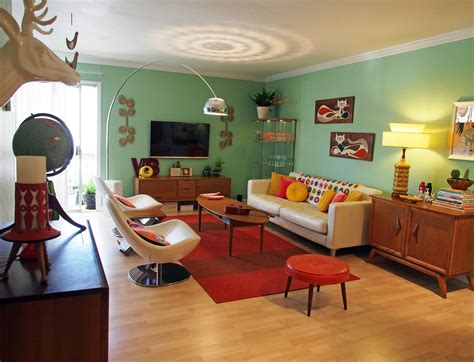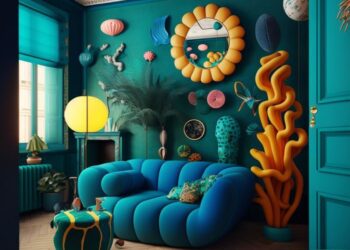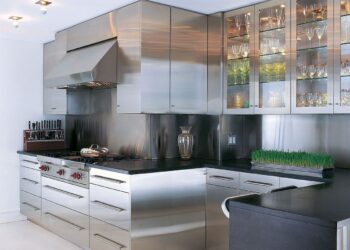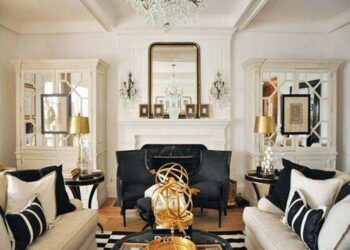Vintage design has made an impressive comeback in recent years, influencing contemporary home decor in countless ways. What was once considered outdated has now become a symbol of charm, nostalgia, and sophistication. From elegant mid-century furnishings to rustic farmhouse touches, vintage aesthetics are breathing new life into modern interiors. This article explores how vintage styles are inspiring today’s decor trends, offering insights into why these timeless designs continue to captivate homeowners and designers alike.
The Rise of Vintage Inspiration
In the world of interior design, trends are constantly evolving. Yet, vintage styles have proven their staying power by consistently reemerging in new, innovative ways. The fascination with vintage decor stems from a desire to blend history with modernity, creating spaces that feel both familiar and unique. People are drawn to the character and craftsmanship of older pieces, appreciating the stories they carry and the warmth they bring into contemporary settings.
Key Characteristics of Vintage Design
Vintage style is not a single, rigid concept. Instead, it encompasses a wide range of design elements that span different eras and influences. Below are some of the hallmark features that define vintage-inspired interiors:
A. Natural Materials
Vintage decor often emphasizes the use of natural materials like wood, leather, linen, and metal. These elements create a sense of authenticity and timelessness that synthetic materials often lack.
B. Muted Color Palettes
Soft, muted tones such as cream, sage green, dusty rose, and pale blue are staples of vintage design. These colors evoke a sense of calm and nostalgia, enhancing the cozy ambiance of a space.
C. Detailed Craftsmanship
Furniture and decor from past decades frequently showcase intricate craftsmanship. Whether it’s hand-carved woodwork or ornate metal details, vintage pieces highlight the artistry of their time.
D. Eclectic Mix of Styles
Vintage interiors often blend various styles and periods. It’s common to see a mid-century chair paired with a Victorian-era table, creating a curated, collected-over-time look.
E. Aged and Weathered Finishes
Distressed wood, patinaed metals, and faded fabrics contribute to the lived-in feel of vintage decor. These imperfect finishes add depth and character to modern interiors.
How Vintage Influences Modern Decor
The integration of vintage styles into modern interiors is not about replicating the past. Instead, it involves reinterpreting classic elements in ways that complement contemporary living. Here’s how vintage aesthetics are influencing today’s home decor:
A. Repurposing Old Furniture
Many homeowners are embracing sustainability by repurposing and refurbishing vintage furniture. An old dresser can be transformed into a bathroom vanity, or a retro cabinet can become a chic kitchen island.
B. Mixing Old and New
Modern decor thrives on contrast, and vintage pieces provide the perfect counterbalance to sleek, minimalist designs. Combining a vintage rug with contemporary furniture adds warmth and texture to a room.
C. Incorporating Vintage Lighting
Statement lighting fixtures, such as brass chandeliers or industrial pendant lamps, are popular ways to inject vintage flair into modern spaces. These pieces serve as functional art, enhancing both illumination and aesthetics.
D. Using Vintage Accessories
Small decorative items like antique mirrors, vintage clocks, and old books can instantly infuse a room with character. These accents create focal points and tell stories without overwhelming the overall design.
E. Embracing Patterned Wallpapers
Bold, retro-inspired wallpapers are making a comeback, adding drama and personality to feature walls. Patterns like florals, damasks, and geometric prints evoke vintage charm while aligning with current trends.
Popular Vintage Styles in Today’s Decor
Vintage design is a broad umbrella that includes several distinct styles, each with its unique appeal. Below are some of the most popular vintage-inspired aesthetics influencing modern interiors:
A. Mid-Century Modern
Characterized by clean lines, tapered legs, and organic shapes, mid-century modern design remains a favorite. Iconic pieces like the Eames lounge chair or teak sideboards continue to find a place in contemporary homes.
B. Industrial Vintage
Drawing inspiration from old factories and warehouses, industrial vintage decor features exposed brick walls, metal fixtures, and reclaimed wood. This style creates a raw, urban vibe that’s perfect for loft apartments and modern studios.
C. Farmhouse Vintage
Farmhouse vintage combines rustic elements with cozy charm. Think weathered wood beams, shiplap walls, and vintage-inspired kitchen sinks. This style emphasizes comfort and practicality.
D. Art Deco Revival
Art Deco’s glamorous patterns, metallic finishes, and geometric shapes are making a resurgence. Incorporating velvet upholstery, mirrored surfaces, and gold accents can bring an elegant 1920s vibe into modern interiors.
E. Victorian Influence
For those who love ornate details and rich textures, Victorian-inspired decor offers a luxurious option. Elements like tufted sofas, lace curtains, and intricate moldings add grandeur to contemporary spaces.
Tips for Incorporating Vintage Into Your Home
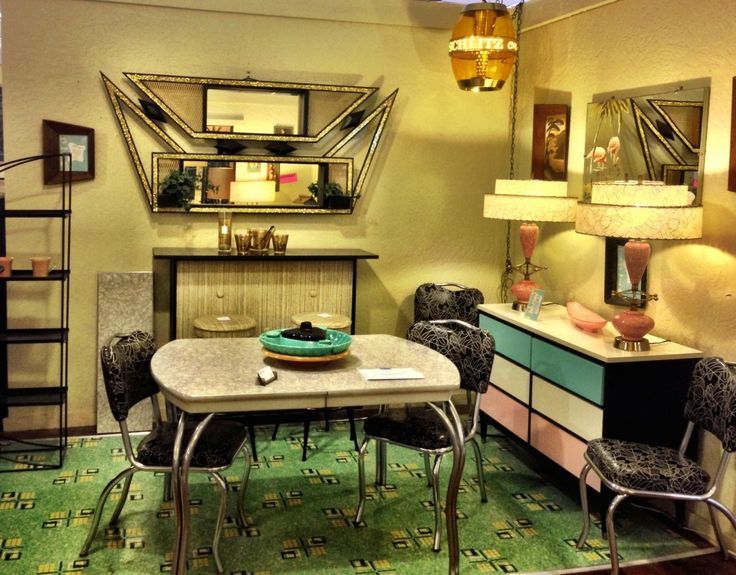
Bringing vintage elements into your decor doesn’t require a complete overhaul. Thoughtful integration can achieve a balanced, stylish look. Here are some tips to guide your vintage-inspired design:
A. Start Small
Begin with accessories like vintage vases, framed artwork, or antique lamps. These pieces can gradually introduce vintage character without overwhelming the space.
B. Balance Proportions
Ensure that vintage furniture and decor fit well with modern proportions. Pairing oversized vintage pieces with sleek contemporary items creates visual harmony.
C. Focus on One Era
While mixing styles is encouraged, choosing one dominant vintage era can prevent the space from feeling chaotic. Build around key pieces that reflect that period’s aesthetic.
D. Incorporate Modern Comforts
Vintage style doesn’t mean sacrificing comfort. Combine antique furniture with plush modern cushions, or pair an old dining table with ergonomic contemporary chairs.
E. Use Color Strategically
Use vintage color palettes as inspiration, but adapt them with modern twists. For example, pair soft pastels with bold accent colors to create a fresh, updated look.
The Emotional Connection to Vintage Decor
Beyond aesthetics, vintage decor evokes emotional connections. Many people are drawn to vintage pieces because they remind them of childhood homes, grandparents’ houses, or treasured memories. Incorporating these items into a modern home creates a sense of continuity and belonging.
Vintage pieces also foster sustainability. By reusing and repurposing old items, homeowners reduce waste and support eco-friendly design practices. This environmental benefit adds another layer of meaning to the vintage trend.
Why Vintage Styles Endure
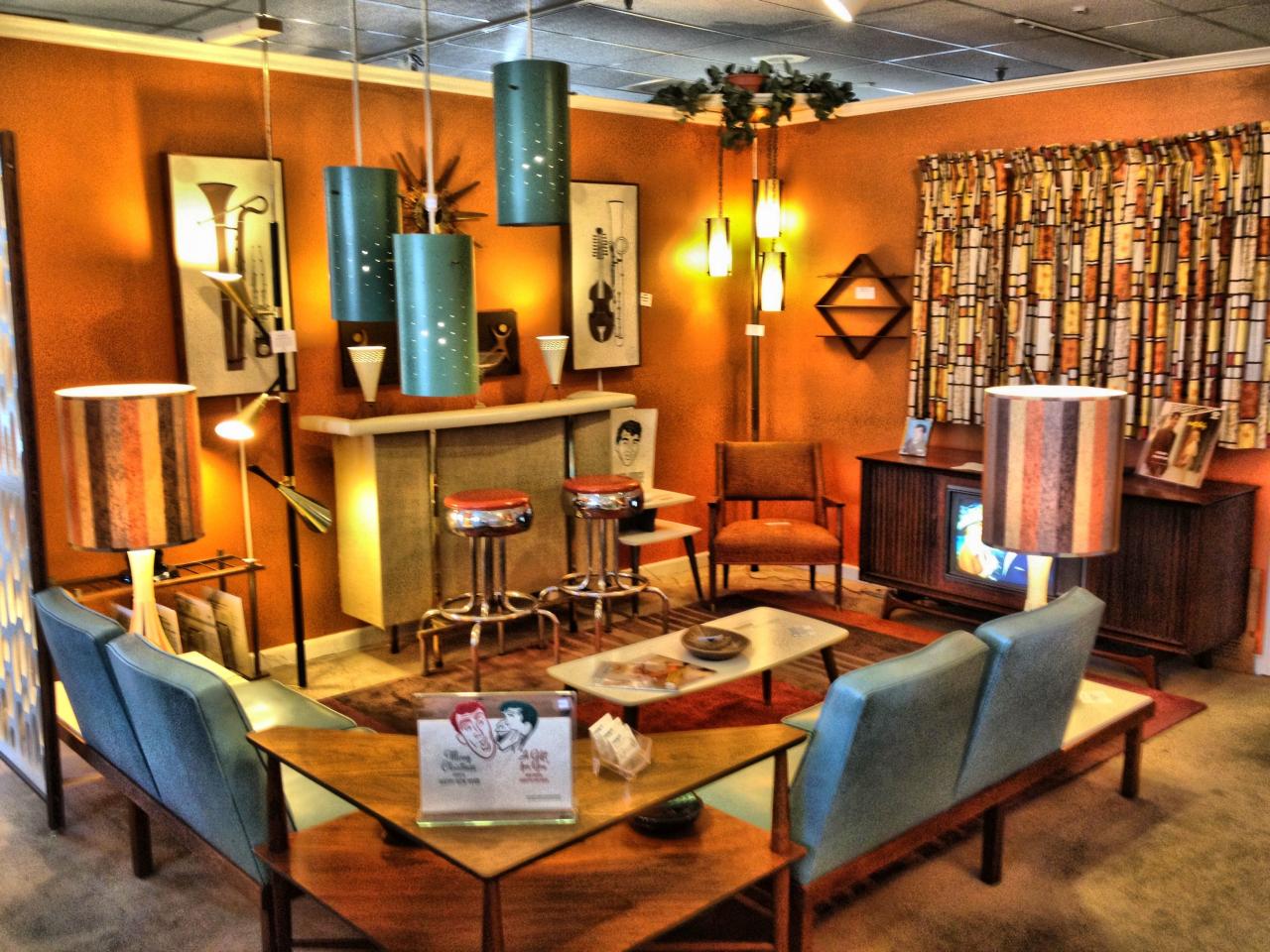
Vintage styles endure because they offer authenticity in a world dominated by mass-produced items. Each vintage piece tells a story, bringing individuality to spaces that might otherwise feel sterile. By blending vintage with modern, designers and homeowners can craft interiors that are both timeless and tailored.
In today’s fast-paced world, the appeal of slowing down and appreciating craftsmanship, history, and nostalgia is more relevant than ever. Vintage design allows people to create sanctuaries that reflect their values, experiences, and personal taste.
A Timeless Trend
Vintage styles continue to influence modern decor in powerful ways. Whether through furniture, lighting, accessories, or architectural details, vintage elements add depth, character, and warmth to contemporary spaces. By thoughtfully integrating the old with the new, homeowners can create interiors that are not only stylish but also meaningful and sustainable.
Embracing vintage design is more than a trend; it’s a celebration of history, artistry, and enduring beauty. As more people seek authenticity and uniqueness in their homes, the influence of vintage styles will undoubtedly remain a cornerstone of modern interior design.

